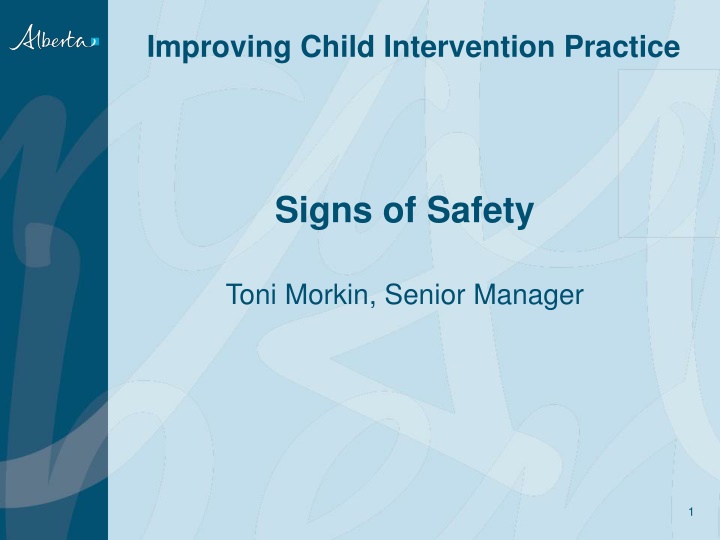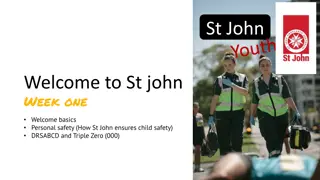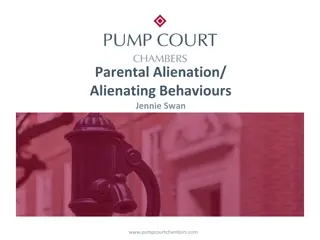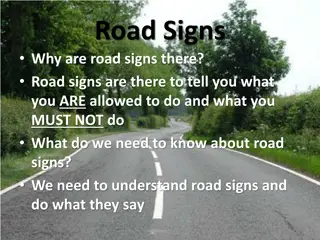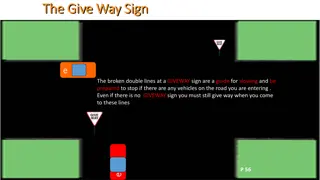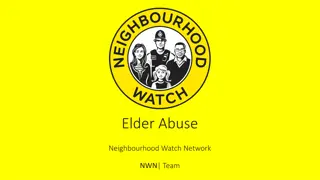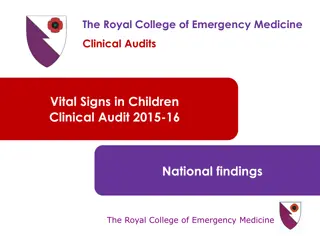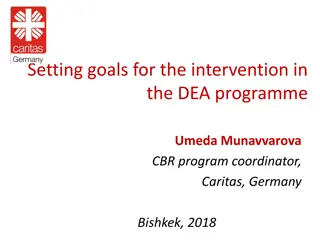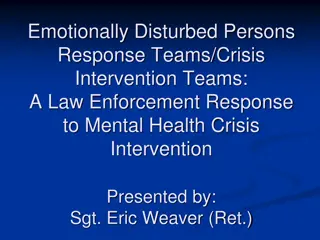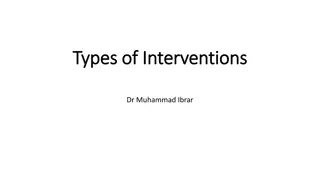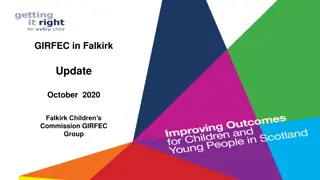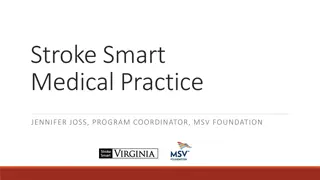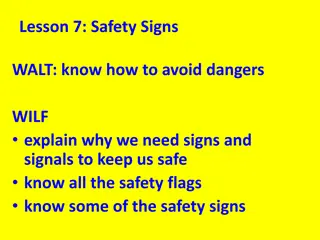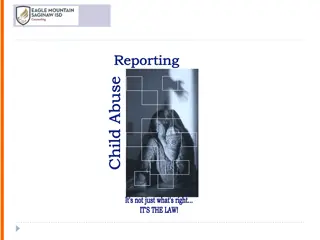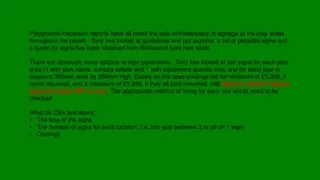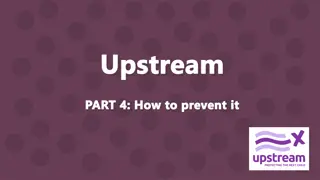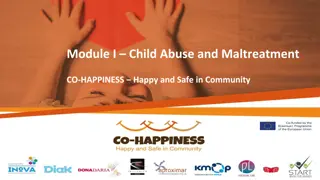Enhancing Child Intervention Practice with Signs of Safety Approach
Signs of Safety (SOS) is a strengths-based, safety-focused method developed in 1990 to improve child protection casework by emphasizing strengths, resources, and networks within the family. The approach revolves around three core principles: building constructive relationships, critical thinking, and everyday grounding in child protection work. Mapping the case and inquiry in four domains help professionals collaborate with families effectively. Involving children in the process enhances risk assessment and intervention strategies, making it a critical component of child protection practices.
Download Presentation

Please find below an Image/Link to download the presentation.
The content on the website is provided AS IS for your information and personal use only. It may not be sold, licensed, or shared on other websites without obtaining consent from the author.If you encounter any issues during the download, it is possible that the publisher has removed the file from their server.
You are allowed to download the files provided on this website for personal or commercial use, subject to the condition that they are used lawfully. All files are the property of their respective owners.
The content on the website is provided AS IS for your information and personal use only. It may not be sold, licensed, or shared on other websites without obtaining consent from the author.
E N D
Presentation Transcript
Improving Child Intervention Practice Signs of Safety Toni Morkin, Senior Manager 1
What is Signs of Safety (SOS)? A strengths-based, safety-organized approach to child protection casework. Developed by Andrew Turnell and Steve Edwards in Western Australia in 1990 using techniques from strengths based, solution-focused brief therapy techniques. Aims to work collaboratively with all people involved in a case to assess and plan for increasing safety and reducing risk and danger by focusing on strengths, resources and networks the family have. 2
Three Core Principles of the SoS Approach SoS seeks to address child abuse and maltreatment through 3 core principles: 1. Establishing constructive working relationships and partnerships between professionals and family members. 2. Engaging in critical thinking and maintaining a position of inquiry. 3. Staying grounded in the everyday work of child protection workers 3
Mapping One of the biggest problems in child protection is everyone speaks a different language. We need to build a joint understanding of the situation causing harm and what needs to happen to build child safety. This process is called mapping the case. The map is a mechanism to arrive at a destination that destination is rigorous, sustainable everyday child safety in the child s home. Mapping uses the language of the family; language understood by the youngest child involved. 4
Four Domains for Inquiry in Signs of Safety What are we worried about? Harm Statements Danger Statements Complicating Factors What is working well (existing strength and safety)? What needs to happen (future safety/ next steps)? Where are we on a scale of 0 to 10? 10 means there is enough safety to close the case and 0 means it is certain the child will be abused 0---------------------------------------------------------------------10 Danger Statement Safety Goal 5
Signs of Safety Mapping is Critical Thinking How worried are we? A judgment about risk using the Safety Scale 0------------------------------------------------------------------------------------------10 6
Involving Children in Signs of Safety Children involved in child intervention have reported they feel like pawns in big people s games and they have little say or contribution in what happens to them. http://www.youtube.com/watch?v=tkxvlq25Kqw Primary reason is lack of straight forward tools and practical guidance. SoS uses straight forward tools to work with children: Three Houses, Wizards and Fairies, Safety House, Words and Pictures, etc. 7
Words and Pictures Explanation and Child Relevant Safety Plans Words and pictures is a process for informing young children about child protection concerns and a safety planning method that both involves and directly speaks to children. This is done without trivializing or minimizing the seriousness of the child protection concerns. It gives everyone working with the child a common language when talking to the child
Benefits of Words and Pictures for the Caregiver Allows them to see the strengths of the family and can use positives from the story to build their relationship with the child and the family Gives them a clear picture of the reason for the child s placement and is tool they can use when the child has questions Can help support reunification by discussing the safety plan with the child if they are expressing worries 13
Safety Planning in Signs of Safety Safety is strengths demonstrated as protection over time. Organizing a network (village) that surrounds the child with a common understanding of the concern and specific roles for protection. A service plan or services are NOT a safety plan. A safety plan is a specific set of rules and arrangements that describe how the family will go about everyday life and show that the children will be safe. 14
You Might See Workers: Taking more time to engage the family in both the information gathering and planning process Encouraging participation from extended family, formal and informal supports who can contribute and be a part of the family s safety plan Focusing on the strengths of the family that support safety Workers asking different types of questions geared more toward the strengths of a family 15
What do these shifts mean to caregiver? You may be asked to support a family in a new and different way You may be invited to a family meeting to participation in the ongoing safety planning for the children with their family Actively participate and collaborate on the development of a service plan designed to achieve intended outcomes 16
What has worked well? Families more engaged. When parents are viewed as the experts it builds confidence and capacity in them to take ownership and implement THEIR plans. Workers growing in confidence that children can be kept safe in the home. We are challenging our assumptions and becoming more clear on what is harming the child and what is safe enough. Workers and families build a joint understanding of the concerns. Assessment process is less reactive and considers everyone s perspective. Everyone is on the same page. Shift from managing risk to building safety reduces anxiety.
